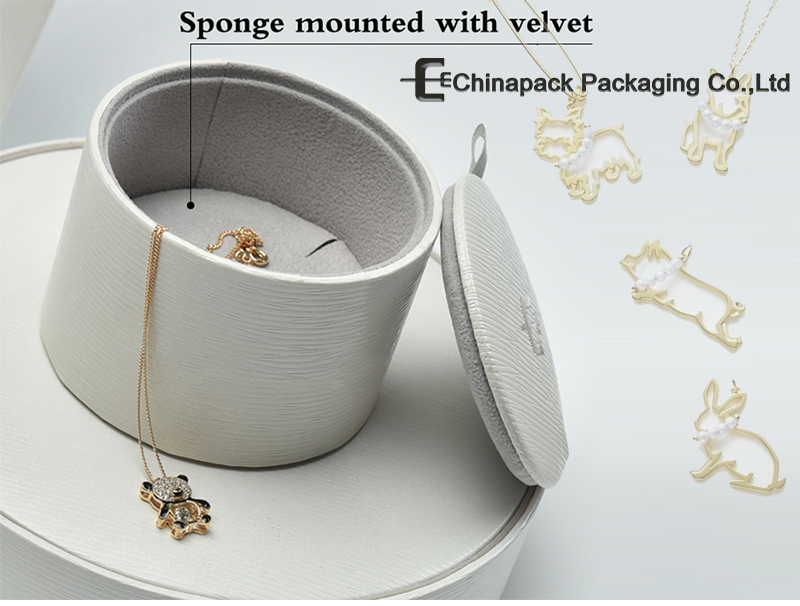Location:Home > News
Packaging knowledge
A Guide to Material Selection Techniques for Luxury Jewelry
Introduction
Luxury jewelry packaging boxes are an essential aspect of jewelry branding and marketing. The packaging box serves as a protective casing for the jewelry, and it also serves as a branding and marketing tool. A well-designed and high-quality packaging box can add value to a product, communicate the brand's identity and values, and create a memorable unboxing experience for the customer. Material selection is a critical aspect of creating luxury jewelry packaging boxes. In this article, we will discuss the different types of materials available for creating luxury packaging boxes and the techniques for choosing the right material for your brand and product.
Types of Materials
The most commonly used materials for luxury jewelry packaging boxes are paper, cardboard, plastic, and wood. Each of these materials has its advantages and disadvantages, and the selection of material depends on the specific requirements of the product and the brand.
Paper
Paper is one of the most widely used materials for packaging boxes. It is lightweight, affordable, and versatile, making it an excellent option for creating luxury packaging boxes. The type of paper used for luxury packaging boxes is usually thick and durable, such as art paper, coated paper, or kraft paper. The advantage of using paper for packaging boxes is that it can be easily printed, and it can also be embossed or stamped for added texture and visual appeal. The disadvantage of using paper is that it is not as durable as other materials and may not provide sufficient protection for delicate jewelry items.
Cardboard
Cardboard is a more substantial and more durable material than paper and is an excellent option for creating luxury packaging boxes. It is made from layers of paper pulp, making it sturdy and protective. Cardboard packaging boxes can be custom-made to any size, shape, or color, and they can also be printed with high-quality graphics and designs. The disadvantage of using cardboard is that it may not be as aesthetically pleasing as other materials, and it is also less environmentally friendly than some other options.
Plastic
Plastic is a popular material for creating luxury packaging boxes due to its durability and visual appeal. It can be molded into various shapes and sizes, and it can also be transparent or opaque. The advantage of using plastic for packaging boxes is that it is waterproof, lightweight, and can be reused. It is also an excellent option for displaying jewelry items in-store, as it allows the customer to see the product clearly. The disadvantage of using plastic is that it is less environmentally friendly than other materials, and it may also be more expensive.
Wood
Wood is a premium material for luxury packaging boxes and is an excellent option for brands looking to create a high-end and luxurious image. It is durable, sturdy, and provides excellent protection for delicate jewelry items. The advantage of using wood for packaging boxes is that it can be carved, engraved, or stained, providing a unique and personalized look. Wood packaging boxes are also eco-friendly and can be reused or recycled. The disadvantage of using wood is that it is more expensive than other materials, and it may not be suitable for all types of jewelry.
Techniques for Material Selection
When selecting a material for luxury jewelry packaging boxes, it is essential to consider several factors, such as durability, aesthetic appeal, cost, and environmental impact. Here are some techniques for choosing the right material for your brand and product:
Determine the specific requirements of the product, such as size, weight, and fragility.
Consider the brand's identity and values and choose a material that aligns with them.
Evaluate the visual appeal of the material and choose one that enhances the product's aesthetic.
Compare the cost of different materials and choose one that fits within the budget.
Consider the environmental impact of the material.





